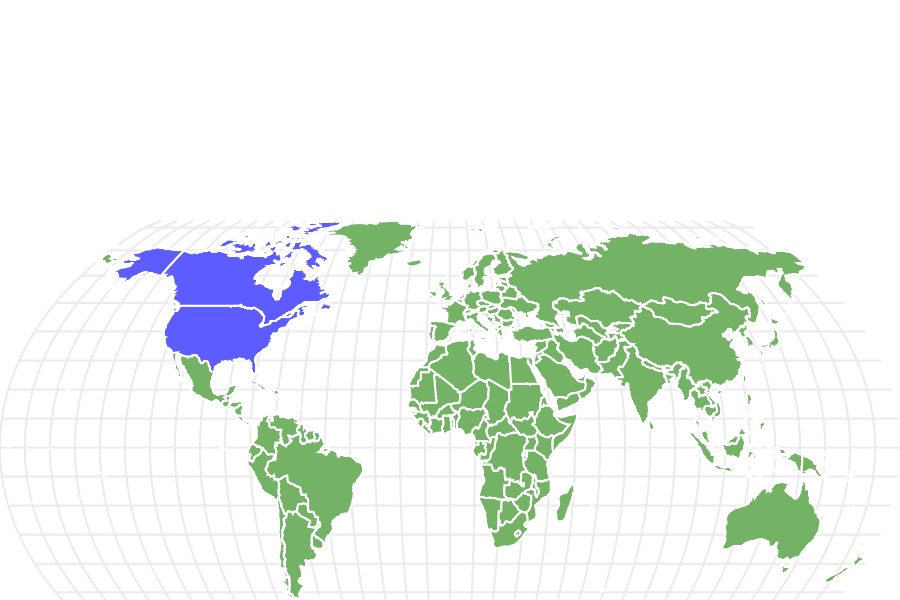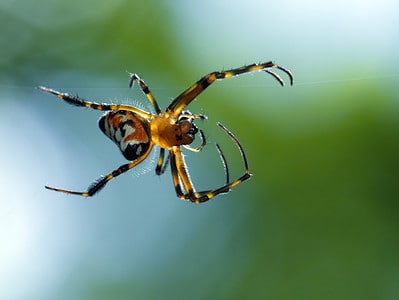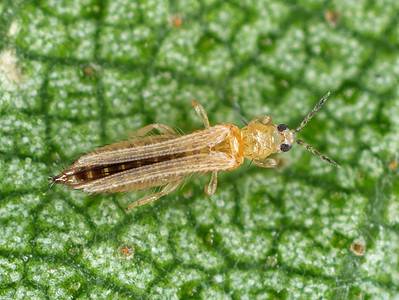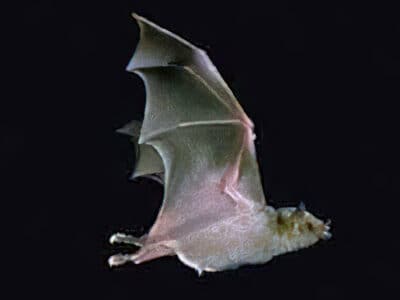Tusoteuthis was one of the largest cephalopods ever
Advertisement
Tusoteuthis Scientific Classification
- Kingdom
- Animalia
- Phylum
- Mollusca
- Class
- Cephalopoda
- Order
- Octopoda
- Family
- Muensterellidae
- Genus
- Tusoteuthis
- Scientific Name
- Tusoteuthis longa
Read our Complete Guide to Classification of Animals.
Tusoteuthis Conservation Status
Tusoteuthis Facts
- Prey
- fish and cephalopds
- Main Prey
- fish
- Fun Fact
- Tusoteuthis was one of the largest cephalopods ever
- Biggest Threat
- Large carnivorous fish
- Most Distinctive Feature
- Tusoteuthis had 10 tentaclels with suckers on them.
- Habitat
- warm tropical water of the western inland seaway
- Predators
- large carnivorous trees and big marine reptiles
- Diet
- Carnivore
Tusoteuthis Physical Characteristics
- Length
- 8 - 11 meters (25ft - 35 feet)
- Venomous
- No
- Aggression
- Low
View all of the Tusoteuthis images!
Tusoteuthis is an extinct cephalopod genus that lived during the Cretaceous. Although it is often referred to as a squid, and although it is about the same size as a giant squid, Tusoteuthis is more closely related to octopuses. This cephalopod lived in the ancient Western Interior Seaway of North America. Although it was one of the largest cephalopods to have ever lived, there’s surprisingly very little known about this animal.
Description & Size
The name Tusoteuthis is derived from the Latin word tusus which means crushed, and the Greek word teuthis which translates as squid, thus Tusoteuthis literally means crushed squid, alluding to the fragmented condition of the fossil gladius when they were discovered.
Scientists know very little about the Tusoteuthis‘ appearance. We know it is one of the largest cephalopods to ever swim in earth’s oceans. So little is known about this giant squid because only an internal shell (also called the radius or pen) of the squid has been preserved. This has made it difficult to estimate the size or recreate the appearance of this genus.
Like modern squid and many other cephalopods, Tusoteuthis did not have an outer shell. Instead, the rigid internal structure called the gladius or pen is the only preserved part of this animal. It is similar to a backbone made of a chitinous material. The gladius supported a fleshy body, a head with large eyes, and a sharp beak. In addition, scientists believe the Tusoteuthis had ten arms or tentacles which were used to catch prey.
The Tusoteuthis is often compared to the Architeuthis (giant squid). However, it is more closely related to octopuses than squid. Older estimates of its length, including the head, arms, and feeding tentacles, were about 11 meters (36 feet). This would have made it only slightly smaller than a giant squid. However, more recent revisions have compared the size of this cephalopod to the vampire squid (Vampyroteuthis). This would make it significantly smaller than earlier estimates. If the Tusoteuthis were more similar to the Vampyroteuthis, they would have had stockier bodies but a shorter length of about six meters (20 feet).
Diet – What Did Tusoteuthis Eat?
Since it was such a large cephalopod, the Tusoteuthis would have been a prolific predator in its habitat. Scientists believe it was a powerful hunter with a varied diet that would have included different fish species and cephalopods. Also, since marine reptiles were abundant in the western interior seaway during the late Cretaceous, the Tusoteuthis may have hunted smaller marine reptiles too.
Habitat – When and Where It Lived
Tusoteuthis lived during the Cretaceous in an ancient ocean known as the Western Interior Seaway. This inland sea divided the North American continent into two land masses. Fossils of this animal have been found in Late Cretaceous formations in Kansas, Wyoming, North and South Dakota, Colorado, and Manitobo. The maximum depth of the Western Interior Seaway was about 182 meters (600 feet). This means they lived at a relatively lower depth when compared to present-day squids, which lurk between 300 — 600 meters (1000 — 2000 feet) below the ocean’s surface.
Threats and Predators
Although a large predator itself, other animals preyed on this cephalopod. The Western Interior Seaway where it lived had an abundance of predatory fish, large cephalopods, and marine reptiles that would have preyed on the Tusoeuthis.
Large fish species like the mosasaurs might have preyed on this squid. There’s one instance of this large squid being attacked by a predator preserved in fossil records. One specimen of Cimolichthys nepaholica, a close relative of the salmon, was preserved with the gladius of a Tusoteuthis in its throat. The fish most likely suffocated while trying to swallow the squid, and both were preserved together.
Discoveries and Fossils – Where It was Found
Only one species of the Tusoteuthis has been discovered so far. Scientists uncovered fossils of the Tusoteuthis longa from Late Cretaceous sediments in North America. Although several specimens of this species have been unearthed so far, only the gladius (the shell within the mantle has been preserved. Some locations where this fossil has been discovered include Kansas, Wyoming, South Dakota, Colorado, and North Dakota. In addition, many fossils were found in the vast 85 — 80 million-year-old Niobrara chalk formation, which stretches from southwest Kansas to Manitoba in Canada.
Extinction – When Did Tusoteuthis Die Out?
Very little is known about when this genus died off or what was responsible for its demise. However, since they did not survive beyond the Cretaceous, experts suggest that they died off as a result of the KT extinction, the extinction event that marked the end of the Cretaceous Period.
Similar Animals to the Tusoteuthis
Similar animals to the Tusoteuthis include:
- Architeuthis (Giant squid): This is a genus of sea-dwelling squids that grows to gigantic sizes of 12 — 13 meters (39 — 42 feet). Scientists often compare the Tusoteuthis to this creature
- Boreopeltis: This is an extinct genus of plesioteuthidid cephalopod. It belongs to the same family as the Tusoteuthis.
- Vampyroteuthis (Vampire Squid): This small cephalopod lives in deep seas of temperate and tropical regions. The pen of Tusoteuthis and the vampire squid are quite similar, so scientists often compare the two.
Related Animals
View all 133 animals that start with TTusoteuthis FAQs (Frequently Asked Questions)
When was the Tusoteuthis alive?
Tusoteuthis lived during the Late Cretaceous. Fossils are typically found in formations dating back about 80 million years.
How big was Tusoteuthis?
Tusoteuthis was a massive cephalopod with a size that’s often compared to that of modern-day giant squids. They were about 8 to 11 meters (35 —42 feet) long. However, more recent studies have yielded conservative estimates of their size.
What do Tusoteuthis eat?
Tusoteuthis had a varied diet that would have consisted mainly of fish, small marine reptiles, and other cephalopods that were abundant in the ancient inland seaway where it lived.
Thank you for reading! Have some feedback for us? Contact the AZ Animals editorial team.
Sources
- Wikipedia, Available here: https://en.wikipedia.org/wiki/Tusoteuthis
- prehistoric-wildlife, Available here: http://www.prehistoric-wildlife.com/species/t/tusoteuthis.html
- tonmo, Available here: https://tonmo.com/articles/tusoteuthis-and-cretaceous-giant-squid.39/
















